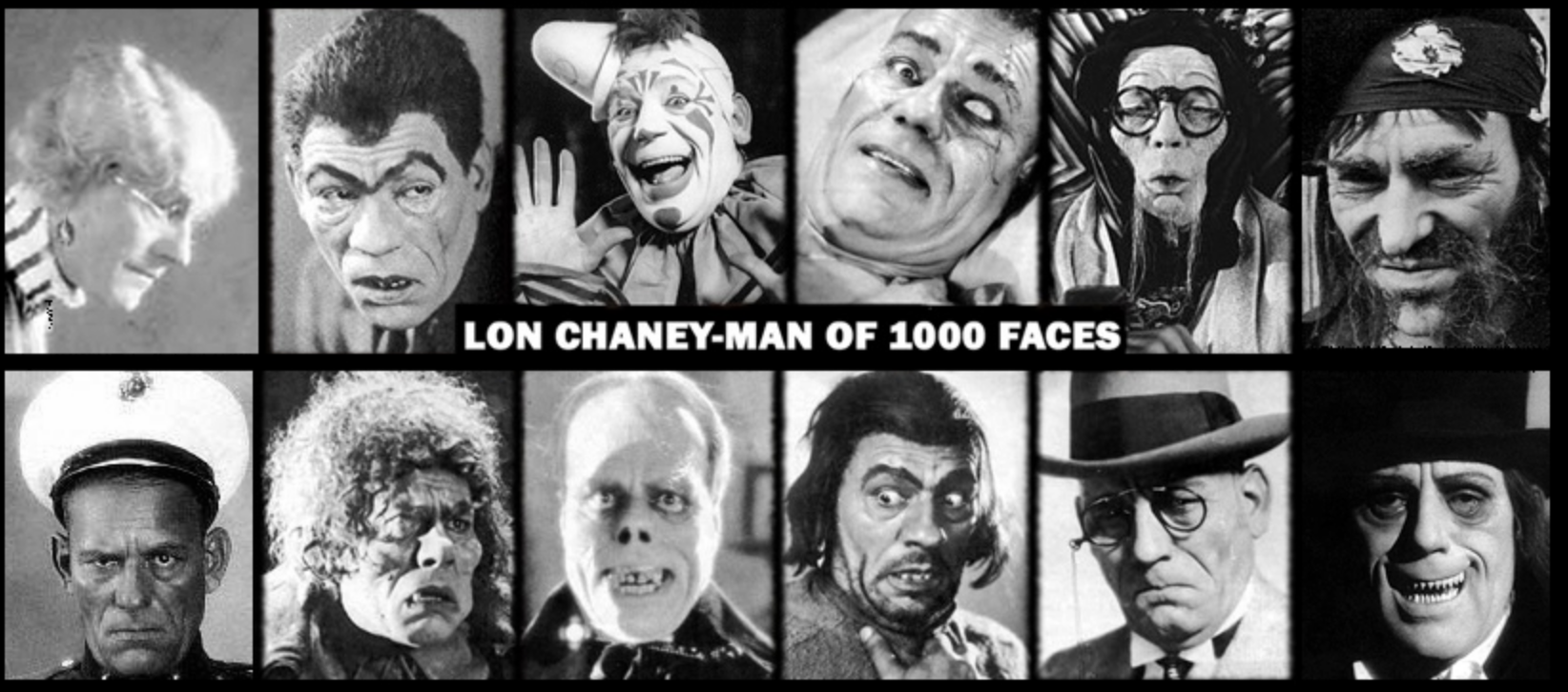Last July I reported on a story from The New York Times (July 25), that talked about how some doctors encountered racism from the patients they were treating. The story reported on an event that took place between an Asian female doctor treating an injured motorcyclist with a “swastika tattoo and aggressive reaction to her physical examination.”

Concluding, I wrote, “While the AMA’s code of professional conduct seems to cover a lot, the AMA is not standing in the room next to an attending physician under an attack of intolerance.
“Sometimes,” I added, “the best a healthcare provider can do is calmly and professionally explain to the patient what has happened and what they are doing to provide relief. If it becomes necessary to bring in a physician of another race, if one is available, that may be the best immediate course of action.”
Bob, a physician in Texas wrote, “Rarely saw it go either way early on, but now, as the composition of both patient and professional ranks changes, it is creeping in.”
George, another physician from Washington state said, “Really nothing new – when I was a med student at the University of Washington I was asked by a number of patients if I was Jewish.”
However, one anonymous reader from the “Novel Café” in California said, “RACISM is a disease. It needs to be acknowledged and addressed and resolved – not hidden under the guise of ‘ethics’ that compel someone to do their work despite… Doctors, Nurses, whomever…”
Needless to say, I was skeptical, but I kept wondering: is it possible that, much like Tourette syndrome, there may, in fact, be a “Racism syndrome”?
According to the American Psychiatric Association (APA) a mental disorder is “a clinically significant behavioral or psychological syndrome or psychological pattern that occurs in an individual and that is associated with present or disability or with a significantly increased risk of suffering death, pain, disability, or an important loss of freedom.”
I searched the National Institute of Neurological Disorders and Stroke (NIH) website and found this listing for Tourette’s: “Perhaps the most dramatic and disabling tics… coprolalia(uttering socially inappropriate words such as swearing) orecholalia (repeating the words or phrases of others). However,coprolalia is only present in a small number (10 to 15 percent) of individuals with TS.”
Based on the description, it would seem possible that 10-15 percent of Tourette’s patients could be racially abusive. But the most interesting evidence I found comes from two articles.
In 1999, Dr. Alvin Poussaint, a clinical professor of psychiatry at Harvard Medical School, points to the case of Buford Furrow, Jr., “who admitted going on a hate rampage in Los Angeles several months after the Washington state mental health system evaluated him.
“Ron Sims, executive of King County, Wash., said after Furrow’s arrest: ‘People are trying to build a case that this killing was done because the man was insane. But mental illness was not the cause. Hatred was. This guy came out of a culture of hatred.’
Poussaint writes: “It’s true that the American Psychiatric Association has never officially recognized racism as a mental health problem though the issue was raised more than 30 years ago. After multiple racist killings in the civil-rights era, a group of black psychiatrists sought to have racial bigotry classified as a mental disorder. The association’s officials rejected the recommendation, arguing that since so many Americans are racist, racism in this country is normative – a cultural problem rather than an indication of personal pathology.
“…the association said [that] calling racism a mental illness might appear to absolve racists of their moral responsibility, thus decreasing their motivation for self-examination and change. The group also suggested that racists do not show symptoms that are distinctive enough to fit any of its diagnostic categories.
“But this position is ill-founded,” Poussaint points out. “Extreme racism is a serious mental illness. I cannot evaluate Furrow individually. But if he believes that non-whites and Jews are responsible for the world’s troubles and must be eliminated, then that alone meets the criteria for delusional disorder, a major psychiatric illness included in the Diagnostic and Statistical Manual of Mental Disorders (DSM), an index of mental illnesses published by the American Psychiatric Association.”
In 2010, reporter Angie Meus writing for Florida A&M University, takes a closer look at the APA’s Disorder Manual.
“According to The Diagnostic and Statistical Manual of Mental Disorders IV, a mental disorder is defined as a behavioral or psychological syndrome or pattern that occurs in an individual and that is associated with present distress or with a significantly increased risk of suffering death, pain, disability, or an important loss of freedom. The manual also goes on to say that in order for a syndrome to be classified as a mental illness it must be considered a manifestation of a behavioral, psychological, or biological dysfunction in the individual.
“Neither deviant behavior,” Meus writes, “nor conflicts that are primarily between the individual and society are mental disorders unless the deviance or conflict is a symptom of a dysfunction in the individual.
“From that definition Adolf Hitler, who exterminated 6 million Jewish people in anticipation of a pure white race was simply at conflict with the Jewish people, not the fact that they existed, which means that he did suffer from some type of pathological disorder; The question of Hitler’s mental health has been the center of controversy for years and a clear diagnosis from those who studied his psyche could have resulted in a deeper look into the minds of Hitler and others like him.”
Dr. Poussaint adds, “Like all others who experience delusions, extreme racists do not think rationally. Instead, they create fantastical theories about who is responsible for their problems.
“As a clinical psychiatrist, I have treated a number of patients who projected their own unacceptable behavior and fears onto ethnic minorities, scapegoating them for society’s problems. Their strong racist feelings, which were tied to fixed belief systems, impervious to reality checks, were symptoms of serious mental dysfunction. When these patients became more aware of their own problems, they grew less paranoid – and less prejudiced.
“It’s time for The American Psychiatric Association to designate extreme racism as a mental health problem. Clinicians need guidelines for recognizing delusional racism in all its stages so that they can provide treatment. Otherwise, racists will continue to fall through the cracks of the mental health system, and we can expect more of them to act out their deadly delusions.”
Conclusions: while Dr. Poussaint’s arguments appear to make clinical sense, the operative word here is “extreme.” It would appear that both Hitler and Furrow were acting out of a delusional illness. In the case of racism exhibited in hospital bed, it would appear that, while the patients clearly demonstrated racist behavior, they did not demonstrate a desire to use deadly force against their doctors or nurses.
Sorry tattooed injured biker, you are not morally absolved from your abusive remarks against your Asian doctor.
Comments










